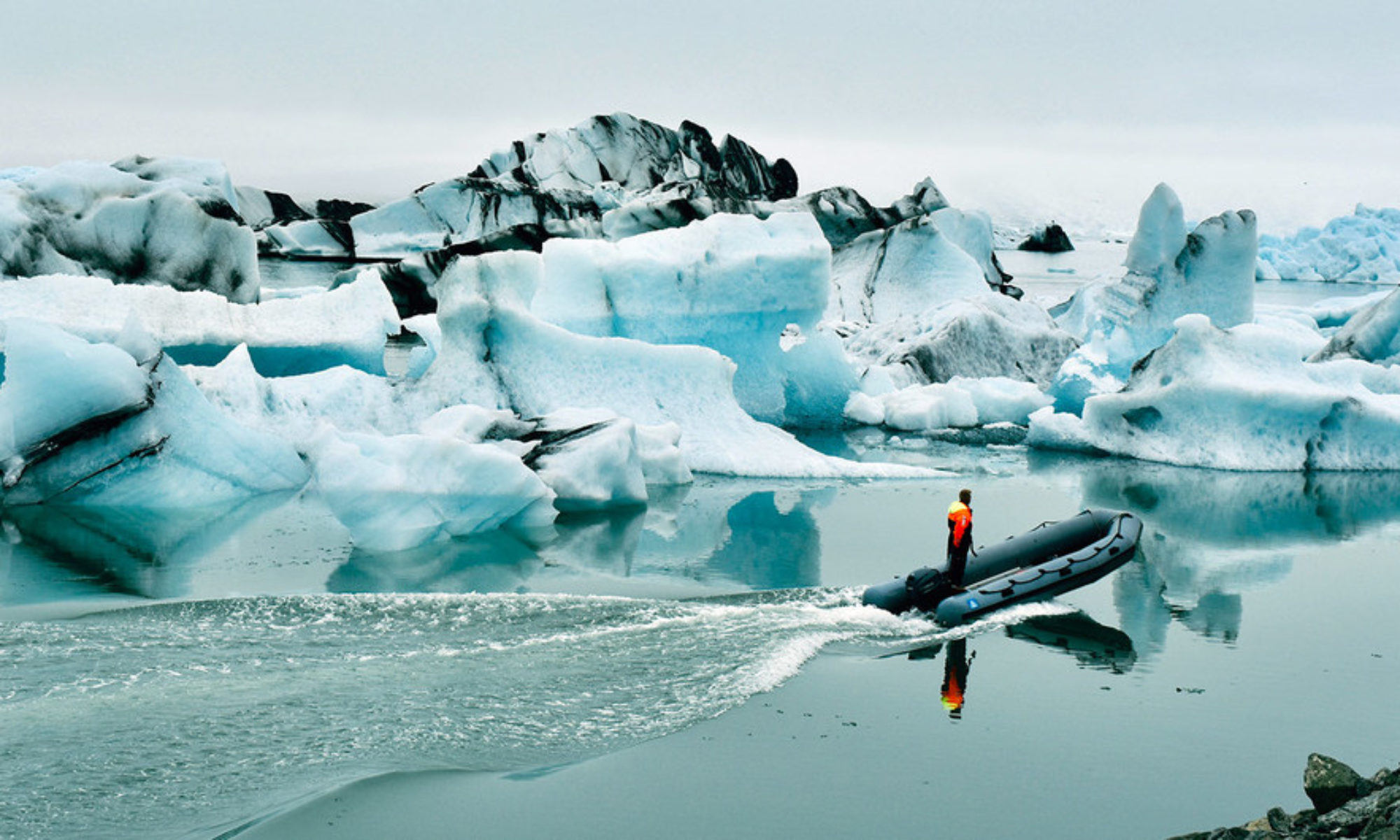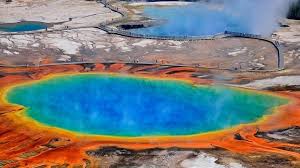Summary: Broadly, this section appreciates life. More than showcasing the parameters of human life, this section expands from these limits to reveal the diversity of life found in extreme conditions. This section tries to explain how certain organisms dwell deep inside rocks, bogs, ocean depths, boiling mud pools, and a variety of unique lakes.
Some Like It Hot
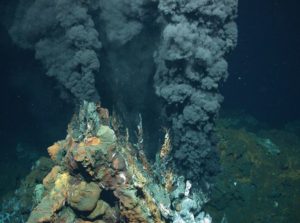 Thermophiles are archaea and bacteria that tolerate almost boiling temperatures, found in hot springs, volcanic vents, black smoker chimneys that resemble underwater geysers. Spewing sulfur and minerals, these chimneys provide thermophiles with the materials to construct a unique mini ecosystem. With no direct sun, the ecosystem relies on the chemosynthetic capabilities of archaea and bacteria, who manipulate different compounds to generate a fuel supply.
Thermophiles are archaea and bacteria that tolerate almost boiling temperatures, found in hot springs, volcanic vents, black smoker chimneys that resemble underwater geysers. Spewing sulfur and minerals, these chimneys provide thermophiles with the materials to construct a unique mini ecosystem. With no direct sun, the ecosystem relies on the chemosynthetic capabilities of archaea and bacteria, who manipulate different compounds to generate a fuel supply.
Heat tolerance lets organisms in an otherwise uninhabitable climate, giving organisms an ecological niche. Most cells die in high temperatures as their proteins denature. To cope with high temperatures, heat-shock proteins assist in protein re-folding and mark which proteins are unsalvageable.
Opposite to these organisms, psychrophiles inhabit extremely cold temperatures, where metabolic rate is severely reduced.
Acid Heads
The greater the concentration, the more acidic the solution and consequently lower in pH. Cells are especially sensitive to slight deviations in pH and prefer to live in neutral (7 pH) conditions. Acidophiles, preferring a pH of 5, inhabit acidic environments such as geothermal hot springs, vinegar, and lemon juice. Acid destroys proteins and DNA, so it is thought acidophiles pump out the acid very quickly or transform it into water.
Basic Needs
While akali solutions rot flesh and fiber, alkaliphiles favor basic pH without consequences. To avoid the breakdown of RNA, they lower their intracellular pH by taking up hydrogen ions from their surroundings.
A Salty Tale
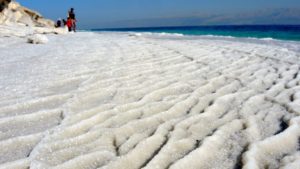 Halophiles thrive in salty environments despite the depletion of cellular water. To compensate, these organisms increase the salt concentration inside their cells to coerce water back in. Others produce solutes that assist in water retention.
Halophiles thrive in salty environments despite the depletion of cellular water. To compensate, these organisms increase the salt concentration inside their cells to coerce water back in. Others produce solutes that assist in water retention.
Life in the Rocks
Entombed in sedimentary and igneous rocks, some microorganisms nestle between the cracks and pores. Rather than evolving over time by reproducing, however, most are merely trying to survive. Since extreme lack of organic matter needed to just support life, these creatures rely on weathering down the rock to eat.
Life Without Oxygen
Anaerobic environments such as animal guts, bogs, sewage, and the ooze at the bottom of bodies of water create an environment for organisms that cannot live in oxygen. Known as methanogens, organisms in these environments use hydrogen to fuel energy and carbon dioxide to sustain growth. While oxygen may power life for many organisms, its ability to sometimes adopt an extra electron causes mayhem in the cell and puts DNA, proteins, membranes, and lipids at risk. In the process, these unpredictable molecules create new versions of themselves amplifying the process.
Life in the Freezer
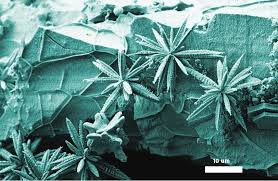 Frost damage occurs as ice crystals puncture the membrane surrounding the cells, leaking and mixing its in contents into the extracellular space. Since these crystals contain salt, water is simultaneously sucked out of the cell, shrinking it to the point of implosion. Salt build-up in the cells also dehydrates the, and freezing disrupts cell connections and damages capillaries, thus leading to oxygen and nutrient deprivation.
Frost damage occurs as ice crystals puncture the membrane surrounding the cells, leaking and mixing its in contents into the extracellular space. Since these crystals contain salt, water is simultaneously sucked out of the cell, shrinking it to the point of implosion. Salt build-up in the cells also dehydrates the, and freezing disrupts cell connections and damages capillaries, thus leading to oxygen and nutrient deprivation.
To combat these effects, organisms in these environments synthesize natural antifreeze or simply freeze solid. To endure freezing, ice crystals must be small so as not to break cell membranes. To do so, ice-nucleating agents force the generation of many individual small ice crystals and antifreeze prevents recrystallization. Moreover to prevent cell shrinkage via water loss, freeze-tolerant organisms pump in more sugars and amino acids.
